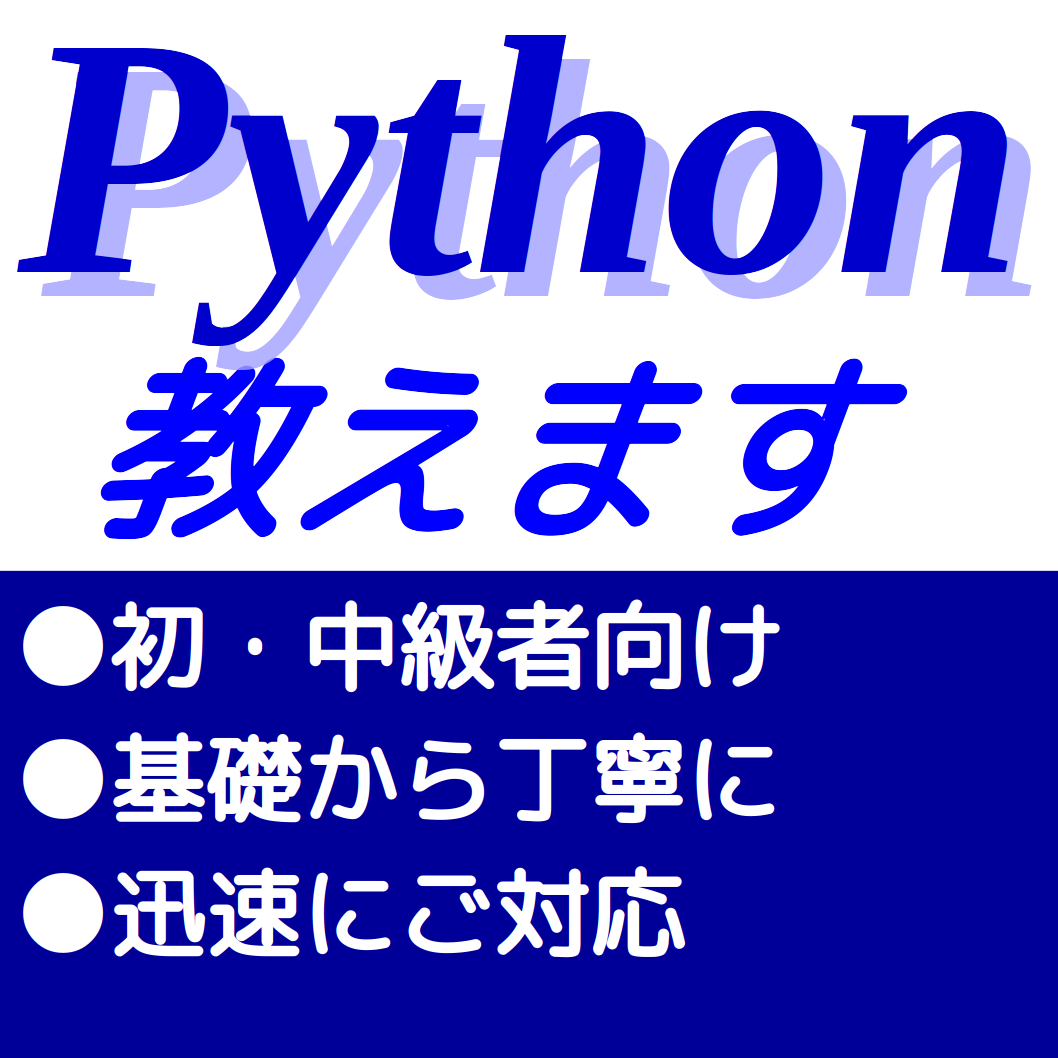AIとの共生:期待とリスクの狭間で、Pythonが描く未来の輪郭
科学技術・イノベーション白書がAIとの共生を特集したというニュースは、現代社会におけるAIの重要性と、その進展に伴う期待とリスクを改めて認識させてくれる。AIは、医療、教育、産業など、あらゆる分野で革新をもたらす可能性を秘めている。しかし、同時に、雇用喪失、プライバシー侵害、倫理的な問題など、克服すべき課題も多く存在する。
AIとの共生を考える上で重要なのは、AI技術の進歩を促進するだけでなく、その影響を社会全体で議論し、適切なルールや規制を設けることである。AIの恩恵を最大限に享受し、リスクを最小限に抑えるためには、技術者、研究者、政策立案者、そして一般市民が一体となって取り組む必要があるだろう。
さて、AIとの共生というテーマをより具体的に理解するために、簡単なPythonスクリプトを通じてAIの可能性と課題の一端を見てみよう。今回は、AIによる簡単なテキスト分類を例に、その応用とリスクについて考察する。
import nltk
from nltk.corpus import stopwords
from nltk.tokenize import word_tokenize
from sklearn.feature_extraction.text import TfidfVectorizer
from sklearn.naive_bayes import MultinomialNB
from sklearn.model_selection import train_test_split
from sklearn.metrics import accuracy_score
def preprocess_text(text):
text = text.lower()
tokens = word_tokenize(text)
stop_words = set(stopwords.words('english'))
filtered_tokens = [w for w in tokens if not w in stop_words and w.isalnum()]
return " ".join(filtered_tokens)
def train_model(texts, labels):
processed_texts = [preprocess_text(text) for text in texts]
vectorizer = TfidfVectorizer()
features = vectorizer.fit_transform(processed_texts)
X_train, X_test, y_train, y_test = train_test_split(features, labels, test_size=0.2, random_state=42)
model = MultinomialNB()
model.fit(X_train, y_train)
y_pred = model.predict(X_test)
accuracy = accuracy_score(y_test, y_pred)
return model, vectorizer, accuracy
def predict_category(text, model, vectorizer):
processed_text = preprocess_text(text)
features = vectorizer.transform([processed_text])
prediction = model.predict(features)[0]
return prediction
def main():
# サンプルデータ(簡単なレビューとカテゴリ)
texts = [
"This is a great movie, I really enjoyed it!",
"The food was terrible, I would not recommend this place.",
"I love this book, it's very well written.",
"The service was slow and the staff were unfriendly."
]
labels = ["positive", "negative", "positive", "negative"]
nltk.download('punkt')
nltk.download('stopwords')
model, vectorizer, accuracy = train_model(texts, labels)
print(f"Model accuracy: {accuracy}")
new_text = "The product is amazing, I highly recommend it."
prediction = predict_category(new_text, model, vectorizer)
print(f"Predicted category for '{new_text}': {prediction}")
if __name__ == "__main__":
main()
このスクリプトは、簡単なテキスト分類AIを構築するものである。テキストを前処理し、特徴量を抽出し、Naive Bayesモデルを用いて学習し、新しいテキストのカテゴリを予測する。
この例からわかるように、AIは短時間で大量のテキストデータを分析し、有用な情報を抽出することができる。しかし、このスクリプトは非常に単純なものであり、より複雑なタスクを実行するには、より高度な技術とデータが必要となる。
また、AIの利用には偏りの問題も存在する。学習データに偏りがあれば、AIの予測も偏ったものになる可能性がある。今回の例でも、もしネガティブなレビューの学習データが少なければ、ネガティブなレビューに対する予測精度が低くなる可能性がある。
AIとの共生は、単に技術を導入するだけでなく、その影響を理解し、適切な対策を講じる必要がある。科学技術・イノベーション白書がAIとの共生を特集したことは、その重要性を改めて認識する良い機会となるだろう。Pythonのようなツールを活用しながら、AIの可能性を追求し、より良い社会を構築していくことが、私たちの使命である。
科学ニュース一覧に戻る


